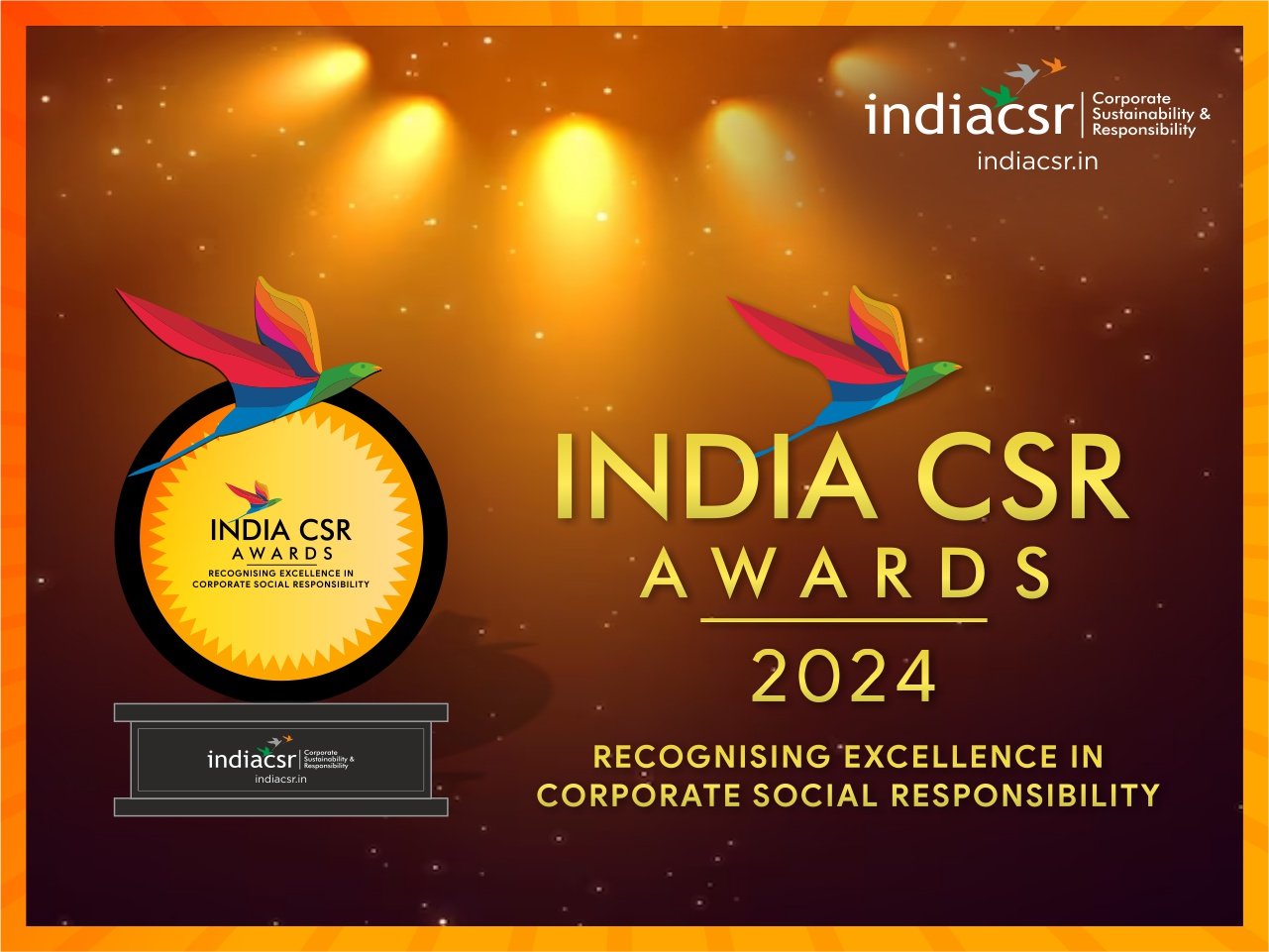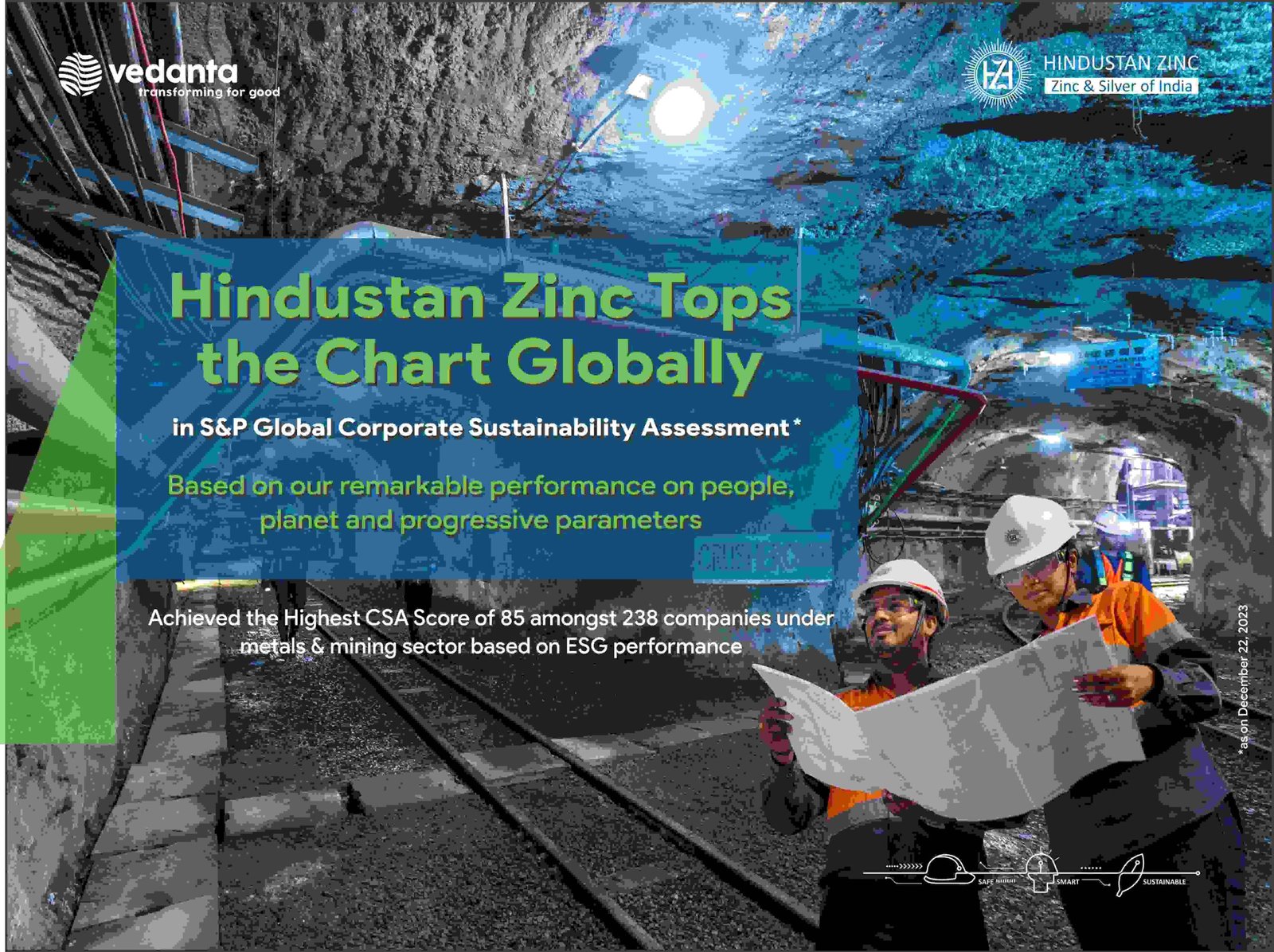New Delhi: In 2018, India witnessed nearly every type of natural hazard, except a major earthquake and related events. Floods, droughts, heat and cold waves, lightning strikes, cyclones and even hailstorms, a wide range of disasters impacted most of the country. Yet, only a few of these attracted national attention. This poses some critical questions and issues and also points to risks that lie ahead. At the core is the idea that disasters cannot be seen in isolation anymore.
The ‘Face of Disasters 2019’ report released by SEEDS as part of its 25th anniversary, analyses past trends, looking at disasters from a broader perspective to capture their varied facets. Eight key areas have emerged that will be critical to consider as we look ahead.
- Water and the changing nature of disaster risk: A ‘new normal’ of rainfall variability is bringing challenges of too much and too little water, often in parallel.
- No disaster is ‘natural’: Risks lurking under the radar slip through the cracks because they don’t meet the idea of a ‘natural disaster’.
- The silent events: The disasters that go unseen leave those affected at even greater risk.
- Land becomes water (and water becomes land): Changes to the coastline are already affecting livelihood sources and will be hotspots for vulnerability in the future.
- The complexity of disaster impact: Beyond official ‘damages’, the long-term and uncaptured disaster impacts have life-changing consequences for affected communities.
- The urban imperative: Risk is rapidly urbanising and will affect everyone.
- Transformations in the third pole: Himalayan glaciers are melting, with serious implications for the whole region.
- Planning for what you can’t see: Earthquake risk is looming large under the radar, but are we prepared?
Dr. Manu Gupta, Co-Founder, SEEDS said “Current trends are reinforcing that disasters have multiple facets and complexities. There is a clear need for comprehensive understanding of risks, and hyper-localised plans and allocation of resources to reduce them. Investing in identifying and scaling local innovative strategies will be a core part of this process. Disasters cannot be seen in isolation. This inter-connectedness of disaster, development and climate change risks is being recognised globally in frameworks such as the Paris Agreement and the Sustainable Development Goals. For the risks of the future are going to be different from the risks of the past”.
The ‘Face of Disasters 2019’ report, amongst other topics, talks about the need to look at disaster vulnerabilities that lie under the radar, waiting to strike. Considering the experiences of the years gone by, there will be impacts that continue to magnify under the radar – access to rapidly depleting water sources and heat stress being two of the most prominent.
Dr. Anshu Sharma, Co-Founder, SEEDS said “The complexity of disasters today requires a proactive and multi-pronged approach.A single mega-disaster can wipe out hard-won development gains and recurrent small-scale stresses keep vulnerable families in a cycle of poverty. While this multiple event pattern is repeated every year, only a few really capture the public attention. Other risks continue to intensify under the radar.Analysis of past trends shows us that 2019 will see unusual flooding, as well as heatwaves and drought that are already ongoing. The key to helping those most vulnerable in 2019 and beyond will be to recognise these often invisible risks. All in all, to look at building a sustainable future, beyond response”.




























